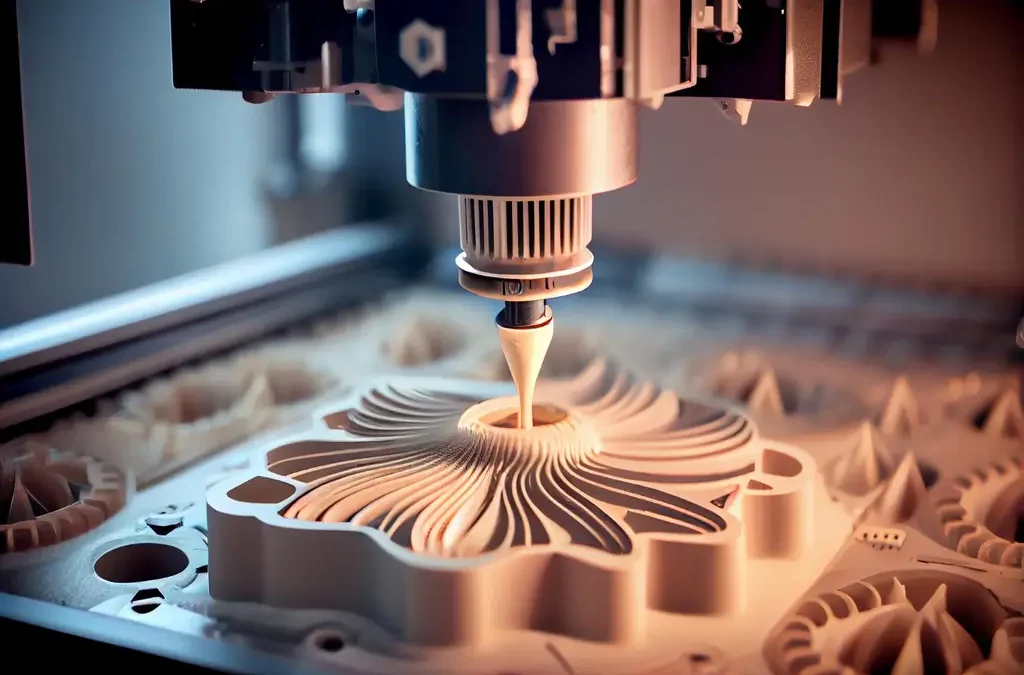
How to Use 3D Physical Models to Enhance Regulatory Approvals
October 28, 2025In the world of design, engineering, and product development, miniature model making has always played a crucial role. These small-scale replicas help visualize, test, and communicate ideas long before a product goes into full production. Over the past decade, one innovation has completely reshaped this process 3D printing.
From speeding up prototyping to unlocking incredible design precision, 3D printing technology has revolutionized how miniature models are created. Let’s explore how this innovation has transformed the art and science of product model making.
1. From Manual Craftsmanship to Digital Precision
Traditionally, creating a miniature model was a time-consuming process involving hand carving, molding, and assembly. Every curve and contour required skilled craftsmanship and patience.
With 3D printing, designers can now create highly accurate models directly from digital 3D files. Using CAD (Computer-Aided Design) software, even the most complex geometries can be printed with micro meter-level accuracy something nearly impossible by hand.
This shift has not only improved precision but also opened new creative possibilities that weren’t feasible before.
Key Benefit:
- Micrometer-level precision for highly detailed miniature models
- Seamless transition from digital design to physical model
2. Speeding Up the Prototyping Process
Before 3D printing, developing a product miniature could take weeks or even months. Changes to the design meant starting over from scratch.
Now, rapid prototyping enables teams to produce new model iterations within hours. Designers can test multiple versions, make real-time adjustments, and reprint immediately — saving time, money, and effort.
For industries like automotive design, consumer electronics, and architecture, this speed gives a significant competitive advantage.
Why Speed Matters:
- Faster design validation and testing
- Reduced development cycles and costs
3. Expanding Material Choices & Realism
Early 3D printing materials were limited to simple plastics, but modern technology has evolved dramatically. Today’s printers can use resins, polymers, metals, and composite materials, allowing models to mimic real-world textures and finishes.
This means miniature models now look and feel much closer to the final product ideal for client presentations, investor pitches, and exhibitions.
Advanced Material Options:
- High-detail resins for fine surface finishes
- Metal printing for industrial-grade prototypes
- Composite blends for enhanced strength and flexibility
4. Cost-Effective and Sustainable Production
Traditional miniature model making often required molds, tooling, and manual labor all of which drove up costs, especially for small production runs.
3D printing eliminates these barriers by producing models on-demand and without tooling. There’s minimal waste, and materials can often be recycled, making the process both sustainable and budget-friendly.
Eco-Friendly Advantages:
- Reduced material waste
- Lower energy consumption
- Recyclable and reusable materials
5. Unlocking Design Freedom
Perhaps the most exciting advantage of 3D printing is design freedom. Intricate internal structures, organic shapes, and customized features that were once impossible to craft manually can now be printed effortlessly.
Designers can experiment, innovate, and visualize their ideas without limitations leading to more creative, functional, and visually stunning miniature models.
Examples of Design Innovation:
- Complex lattice structures for lightweight models
- Custom-fit parts and ergonomic designs
- Organic, biomimetic forms previously impossible to mold
6. Bridging the Gap Between Concept and Reality
A 3D-printed miniature is more than just a prototype — it’s a powerful communication tool. It helps teams, clients, and stakeholders visualize products in a tangible, interactive way.
By holding a physical model in hand, people can better understand scale, proportions, and usability — turning abstract ideas into clear, actionable insights.
Impact on Collaboration:
- Improved communication between designers and engineers
- Better client engagement and visualization
- Enhanced accuracy in design review stages
Conclusion: The Future of Miniature Model Making
The rise of 3D printing has completely transformed product miniature model making, bringing together speed, precision, and creativity like never before. What once required weeks of craftsmanship can now be achieved in hours, with stunning accuracy and detail.
As technology continues to evolve, the future of model making looks even more exciting — where imagination truly has no limits.
Start Your Next Prototype with 3D Printing
If you’re looking to bring your next product concept to life, consider integrating 3D printing into your model-making process. It’s the fastest, most innovative way to turn ideas into reality.




